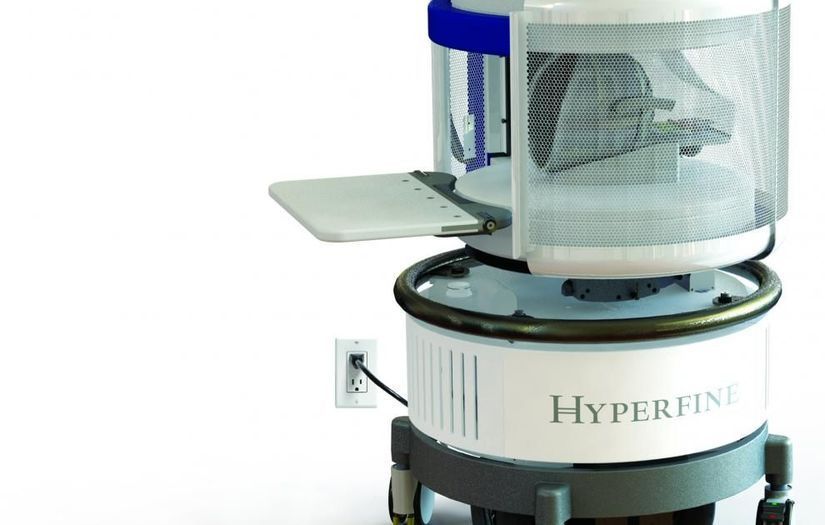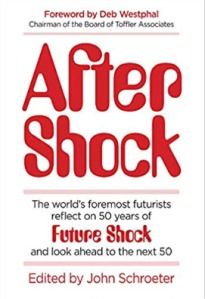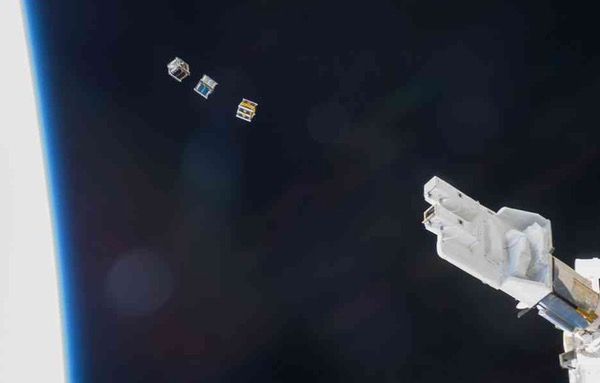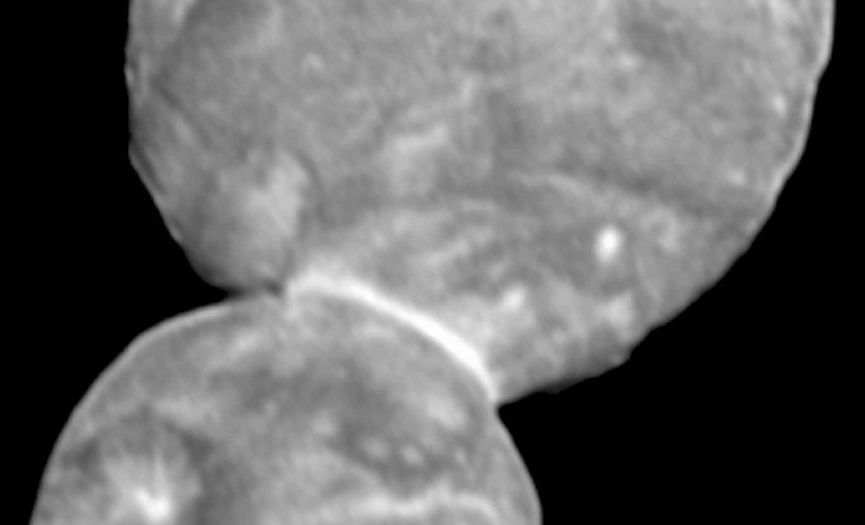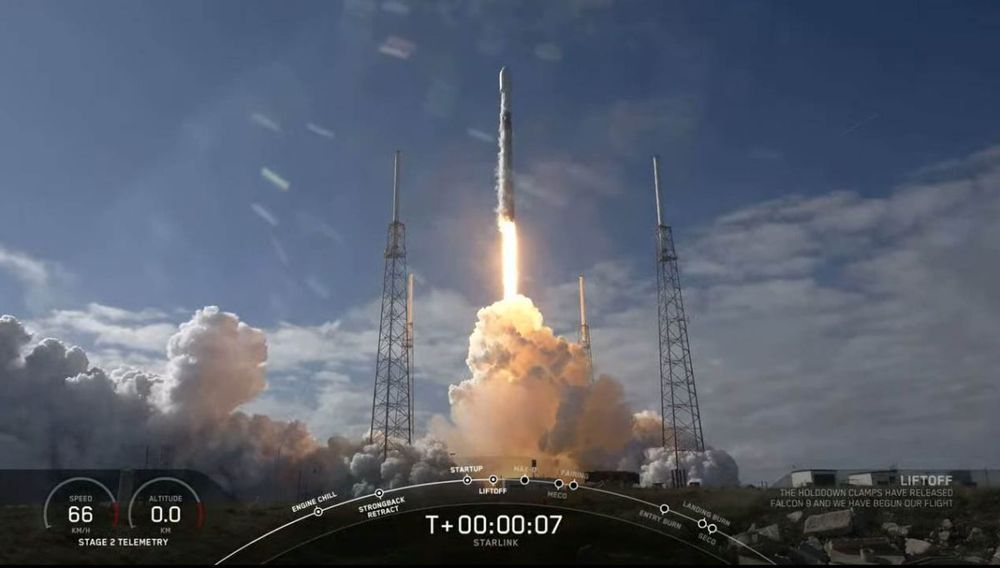Magnetic resonance imaging is no longer confined to radiology departments. The U.S. Food and Drug Administration announced Wednesday that it has provided clearance to the “world’s first” bedside MRI system, according to an announcement.
Hyperfine said it will begin shipping its portable, low-field modalities this summer. It’s 510(k) clearance falls on the same day that Yale researchers reported the device can accurately and safely image patient’s brains for stroke. Those preliminary results are set to be presented next week at the American Stroke Association’s International conference in Los Angeles, the group announced.
“We’ve flipped the concept from having to get patients to the MRI to bringing the MRI to the patients,” said Kevin Sheth, MD, senior author and a chief physician at Yale School of Medicine. “This early work suggests our approach is safe and viable in a complex clinical care environment.”
